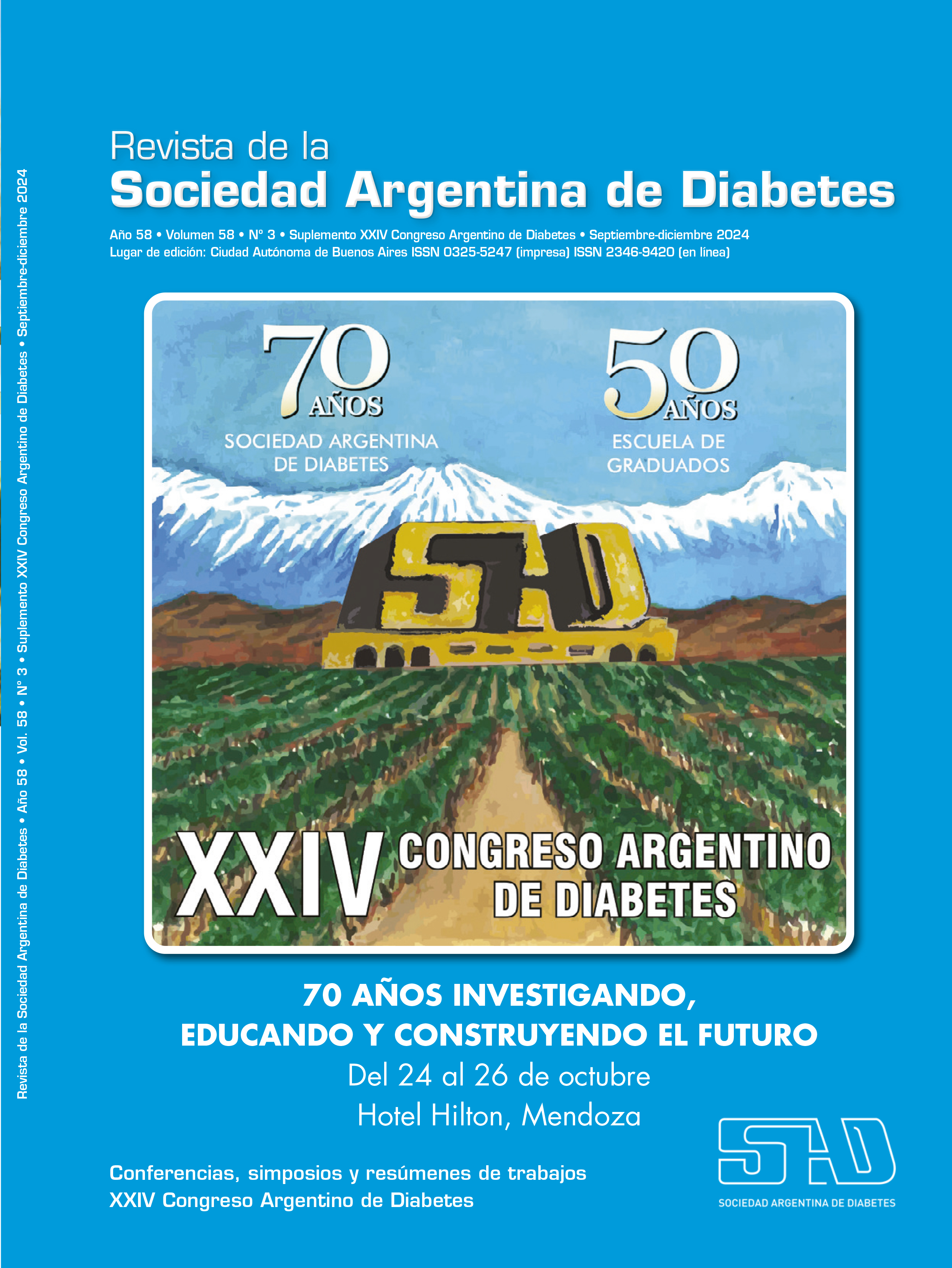Hormone replacement treatment and cardiovascular impact
Keywords:
cardiovascular disease, menopauseAbstract
Cardiovascular disease (CVD) is the most prevalent cause of death among women. Differences in presentation, results, and pathological mechanisms between genders result in CVD being more serious for women than for men1. There is a delay in the onset of CVD in women compared to men, due to the cardioprotective effects of endogenous estrogen. Estrogens have protective effect on: vascular endothelium, lipid profile, glucose metabolism; and an anti-inflammatory effect2.
Menopause is a physiologic event defined by the loss of ovarian follicular function and the final menstruation period. The average age of menopause has been remarkably stable over time and varies little between ethnic groups. Menopause is considered natural when it occurs spontaneously after the age of 45 years. Menopause is described as early when it occurs in women aged 40 to 45 years. It must be differentiated from premature ovarian failure (POF), which occurs before the age of 403. Observational data have indicated that untreated POF regardless of cause is associated with an increased risk of CVD, mortality, osteoporosis, cognitive impairment and dementia2.
Menopausal replacement therapy (MRT) is used in women younger than 60 years and/or within 10 years of the onset of menopause and is approved for four indications: moderate to severe vasomotor symptoms (VMS); treatment of osteoporosis in early postmenopausal women; POF of any etiology and treatment of genitourinary syndrome (GUS) for which local treatment is suggested3. MRT is not currently recommended by any medical society for primary or secondary prevention of CVD4.
Transdisciplinary care can enable a more streamlined risk assessment, initiation of appropriate therapies for menopausal symptoms, and longitudinal reduction of cardiovascular risk through a holistic patient-centered approach. We must remember that prior to the onset of MRT, it is essential to evaluate cardiovascular disease risk factors (CVRF). The age of the patient, the time of menopause and the presence or absence of CVRF will determine the use of it1,2.
References
I. Hodis HN, Mack WJ. Menopausal hormone replacement therapy and reduction of all-cause mortality and cardiovascular disease. It is about time and timing. Cancer
J 2022; 28(3):208-223.
II. Cho L, Kaunitz AM, Faubion SS, Hayes SN, Lau ES, Pristera N, Scott N, Shifren JL, Shufelt CL, Stuenkel CA, Lindley KJ; ACC CVD in Women Committee. Rethinking
menopausal hormone therapy: for whom, what, when, and how long? Circulation 2023; 147(7):597-610.
III. The 2022 Hormone Therapy Position Statement of The North American Menopause Society Advisory Panel. The 2022 hormone therapy position statement of The
North American Menopause Society. Menopause. 2022; 29(7):767-794.
IV. Crandall CJ, Mehta JM, Manson JE. Management of menopausal symptoms: a review. JAMA 2023; 329(5):405-420.
Downloads
Published
Issue
Section
License
Copyright (c) 2024 on behalf of the authors. Reproduction rights: Argentine Society of Diabetes

This work is licensed under a Creative Commons Attribution-NonCommercial-NoDerivatives 4.0 International License.
Dirección Nacional de Derecho de Autor, Exp. N° 5.333.129. Instituto Nacional de la Propiedad Industrial, Marca «Revista de la Sociedad Argentina de Diabetes - Asociación Civil» N° de concesión 2.605.405 y N° de disposición 1.404/13.
La Revista de la SAD está licenciada bajo Licencia Creative Commons Atribución – No Comercial – Sin Obra Derivada 4.0 Internacional.
Por otra parte, la Revista SAD permite que los autores mantengan los derechos de autor sin restricciones.




























